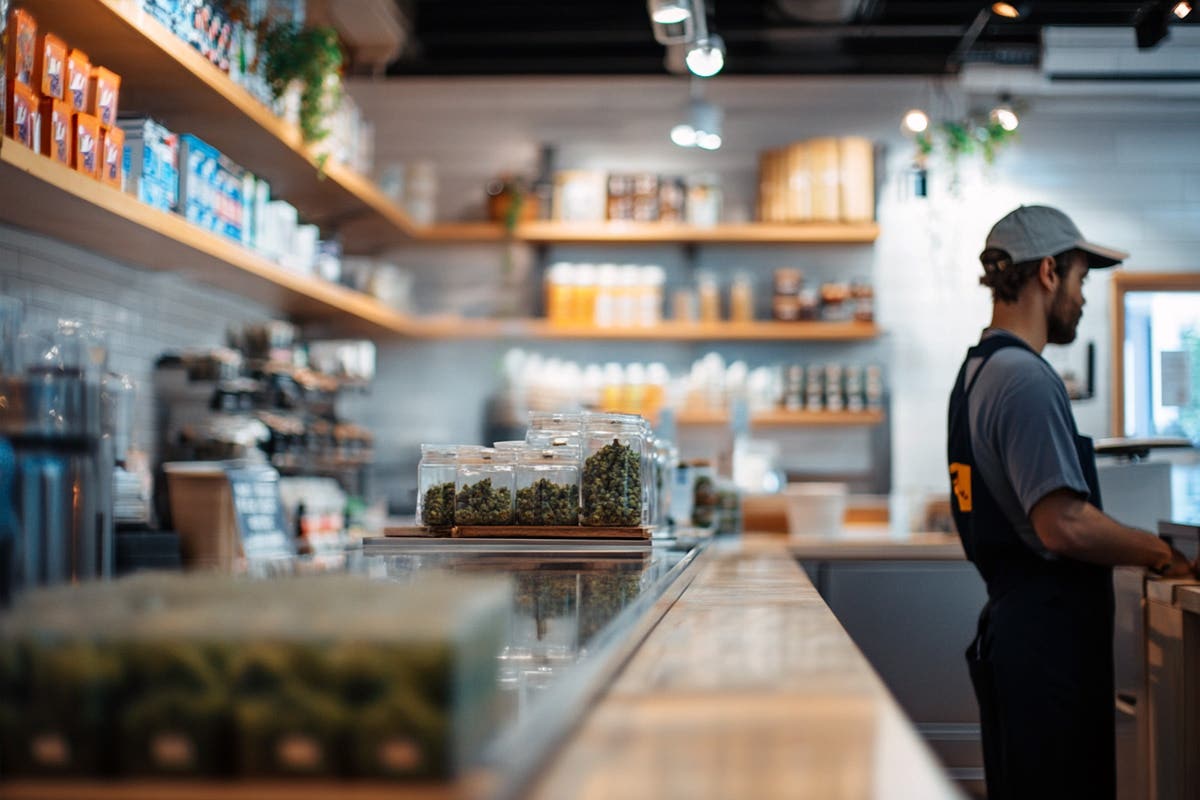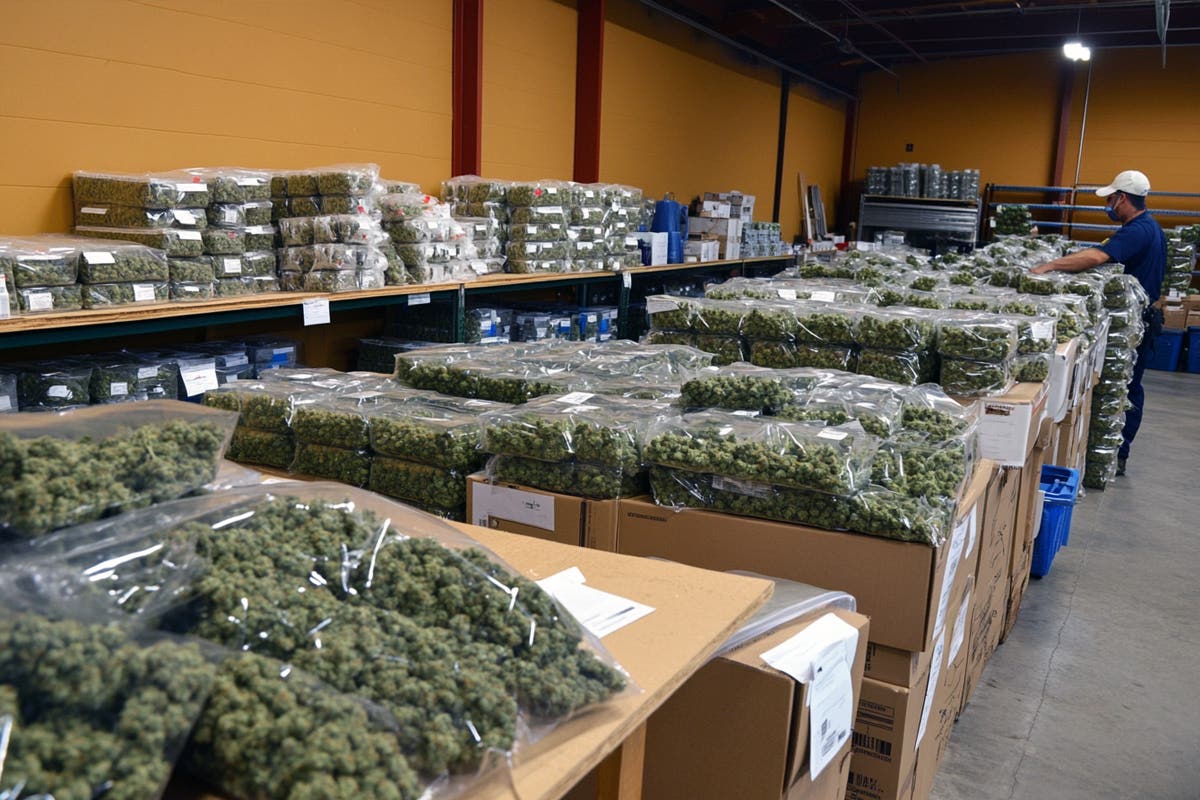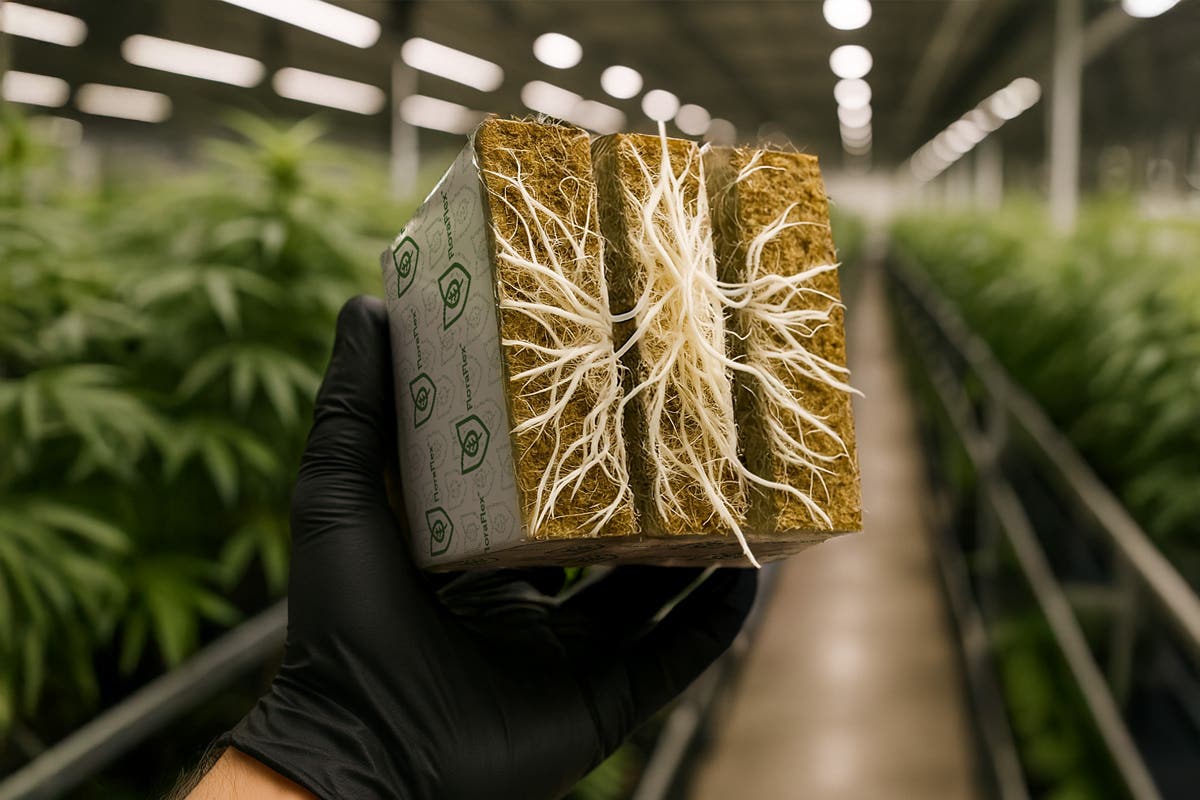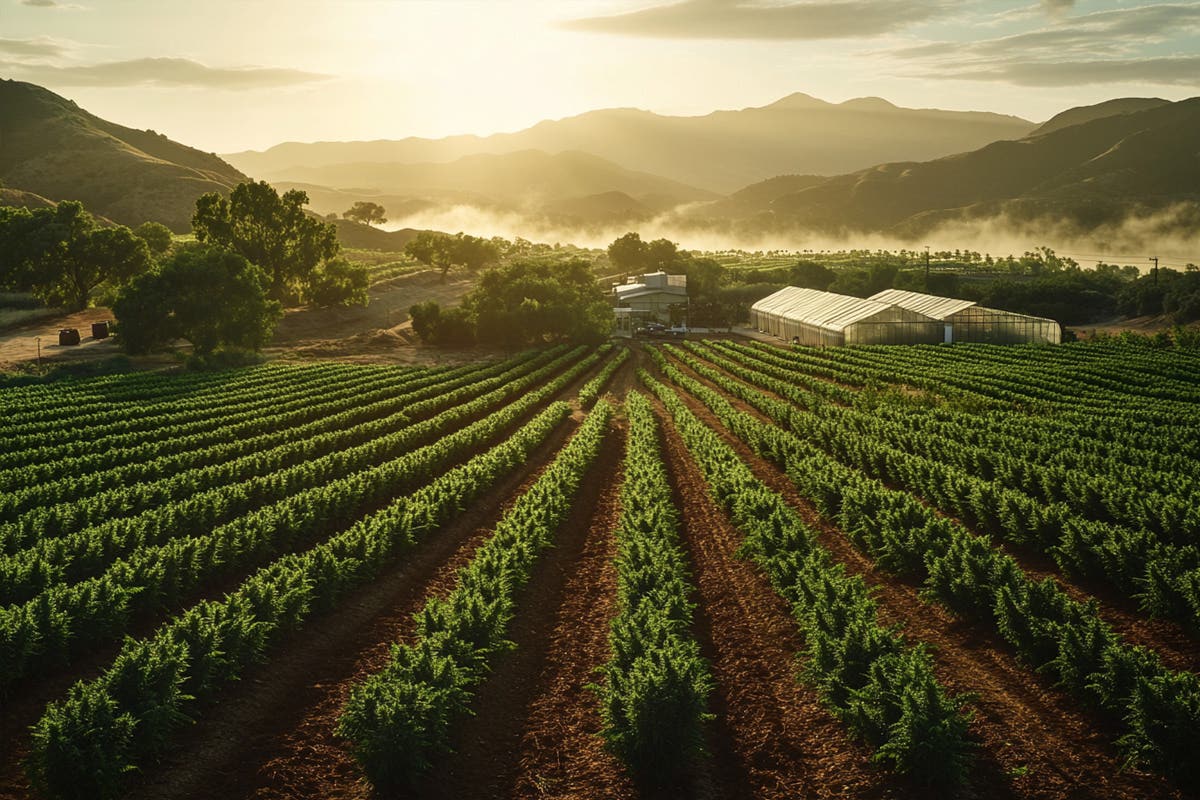Understanding THC Degradation
-
What is THC Degradation?: THC degradation refers to the process by which THC undergoes chemical changes that result in a decrease in its potency. Factors such as exposure to light, heat, and oxygen can accelerate this degradation process.
-
Conversion to CBN: One common degradation pathway is the conversion of THC to CBN (cannabinol), a non-psychoactive compound. This conversion typically occurs through the exposure of THC to oxygen and heat over time.
-
Loss of Psychoactive Properties: As THC degrades and converts to CBN, the psychoactive effects associated with THC diminish. This can impact the overall potency and desired effects of the dried cannabis flower or other cannabis products.
Factors Affecting THC Degradation
-
Temperature: Higher temperatures can accelerate the degradation of THC. Care should be taken to ensure that drying temperatures are within an optimal range to minimize THC degradation while still achieving the desired moisture content.
-
Light Exposure: Exposure to light, particularly UV light, can also contribute to THC degradation. Proper storage and drying techniques should be employed to minimize exposure to light during the drying process and throughout storage.
-
Air Circulation: Proper air circulation during drying helps maintain an optimal environment and reduce the risk of mold or mildew development. However, excessive airflow can increase the rate of THC degradation. Striking a balance is important to preserve potency.
-
Drying Time: The duration of the drying process can also impact THC degradation. Prolonged drying periods can increase the likelihood of THC degradation, as the plant material remains exposed to factors that contribute to degradation.
-
Curing Process: The curing process, which follows drying, involves storing dried cannabis in controlled conditions to further enhance flavor, aroma, and potency. Properly executed curing can help mitigate THC degradation and improve overall quality.
Mitigating THC Degradation
-
Temperature and Humidity Control: Maintaining appropriate temperature and humidity levels during drying and curing processes is crucial. By controlling these factors, the risk of THC degradation can be minimized.
-
Proper Storage: After drying and curing, proper storage conditions are essential to preserve cannabis potency. Storing cannabis in airtight containers, away from light and excessive heat, can help protect it from factors that contribute to THC degradation.
-
Processing Techniques: Various processing techniques, such as flash-freezing or using solvents, can help preserve the potency of THC. These methods aim to minimize exposure to oxygen and other degrading factors during the drying process.
Understanding the impact of drying on cannabis potency, specifically THC degradation, is essential for cultivators and consumers alike. By recognizing the factors that contribute to THC degradation and employing proper drying, curing, and storage techniques, it is possible to minimize the loss of potency and preserve the desired effects of cannabis. Striking a balance between optimal drying conditions and preserving THC potency contributes to a more satisfying and consistent cannabis experience.















